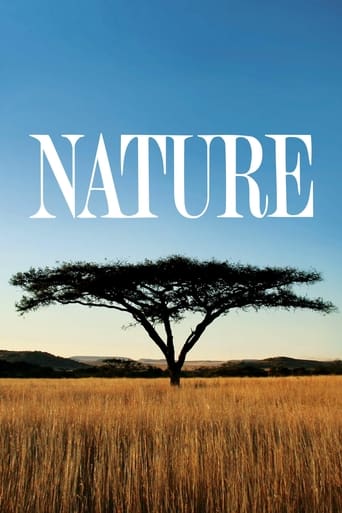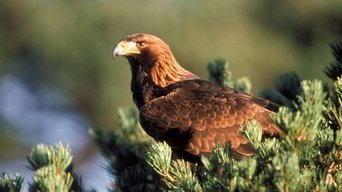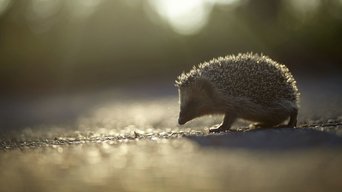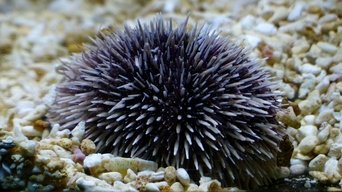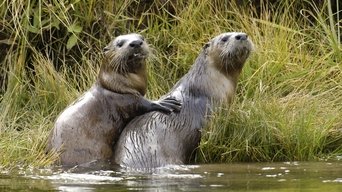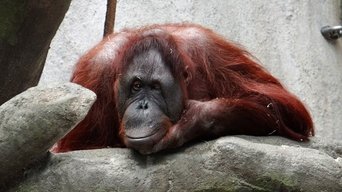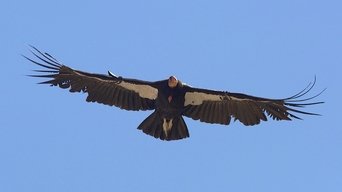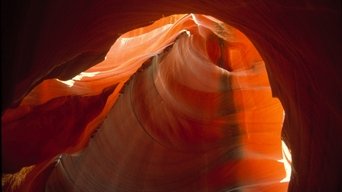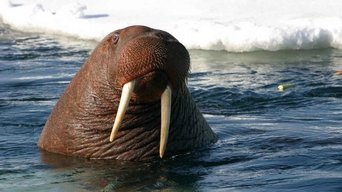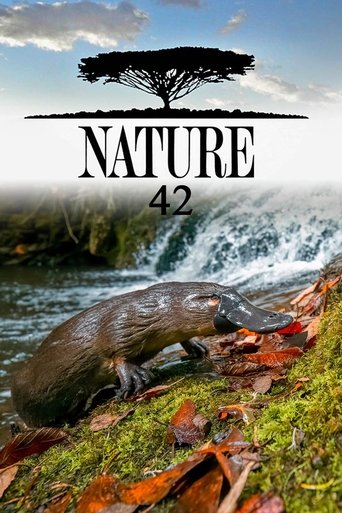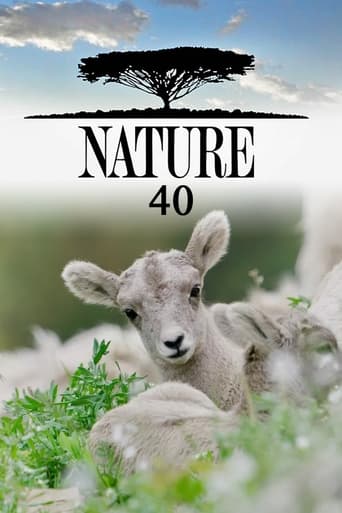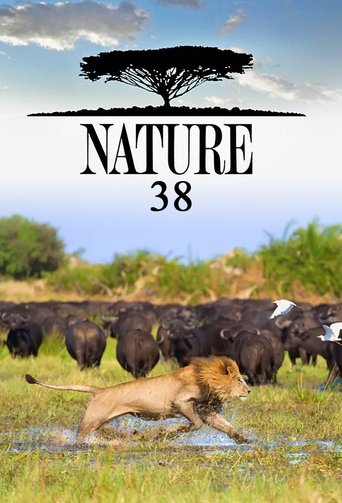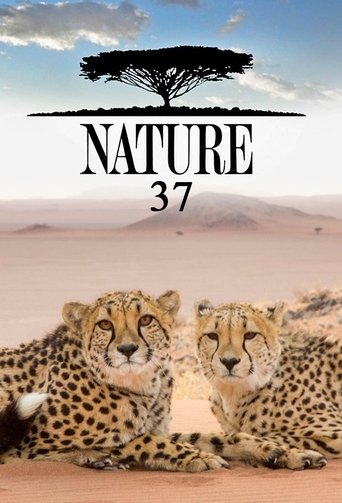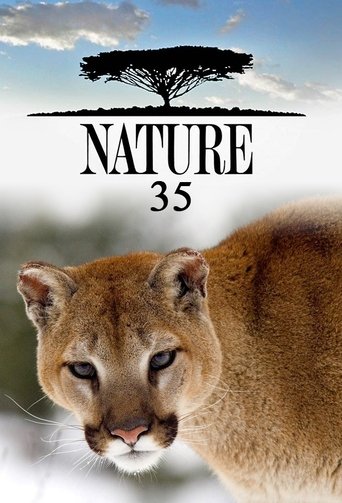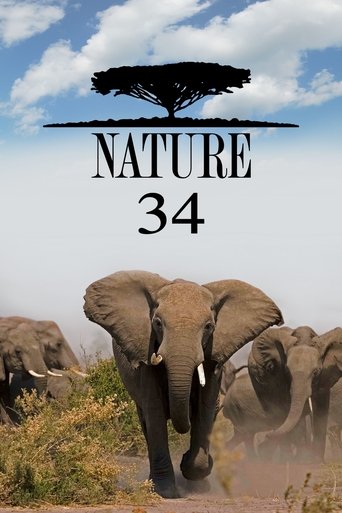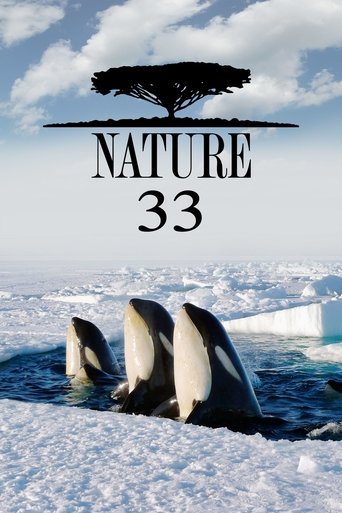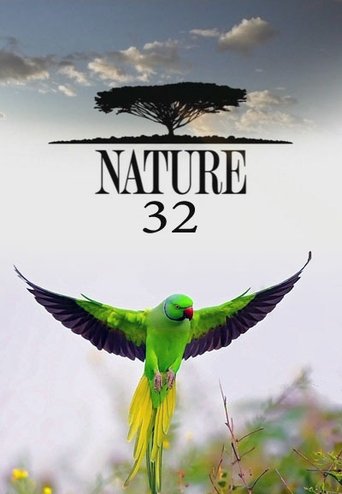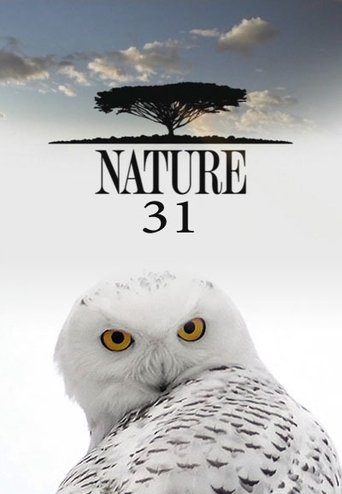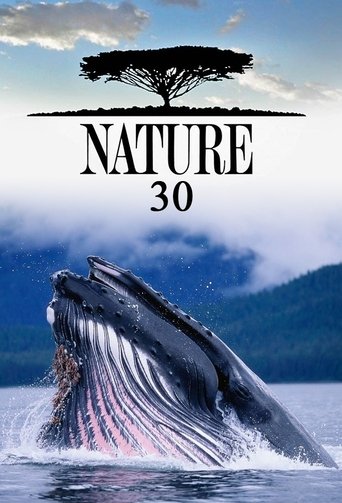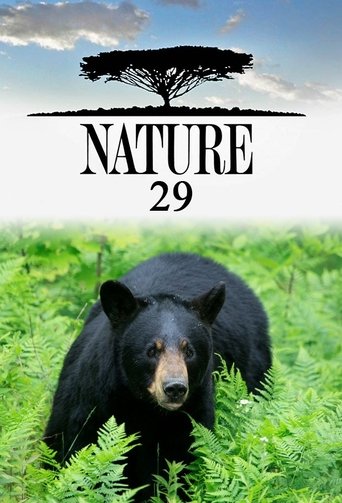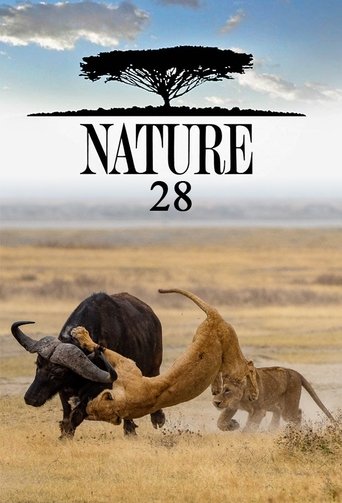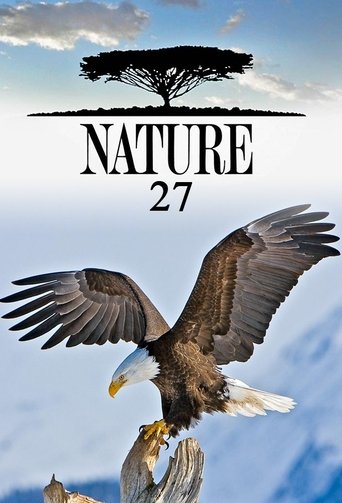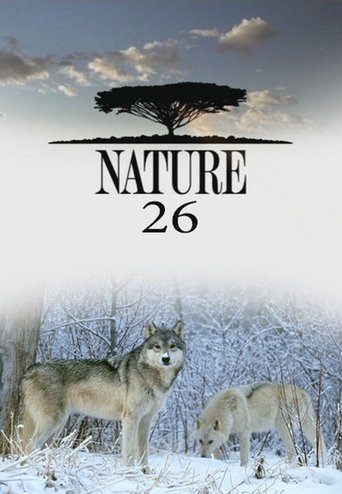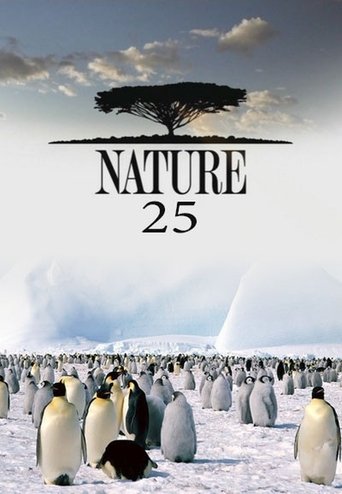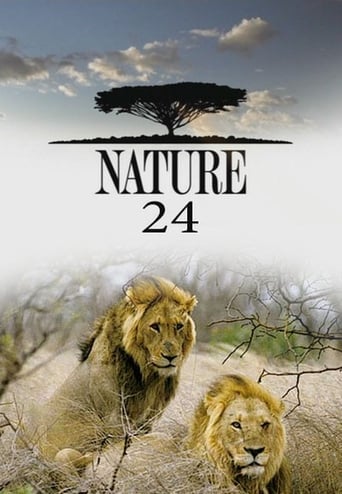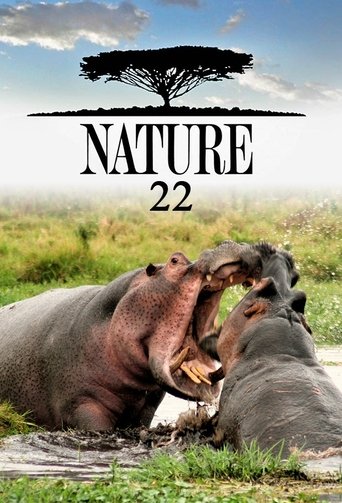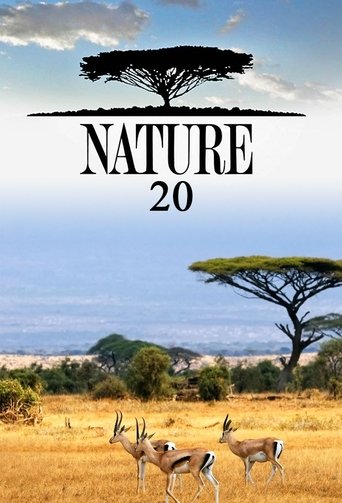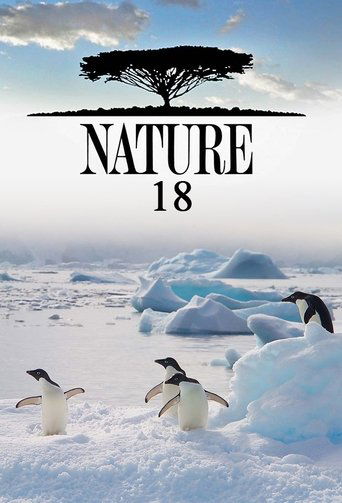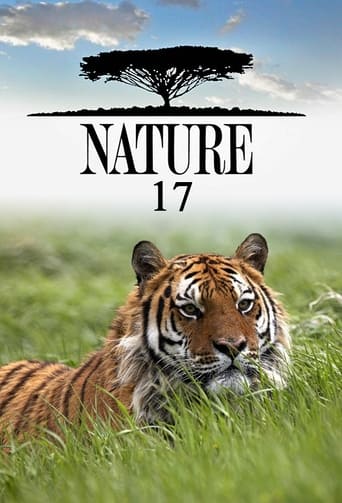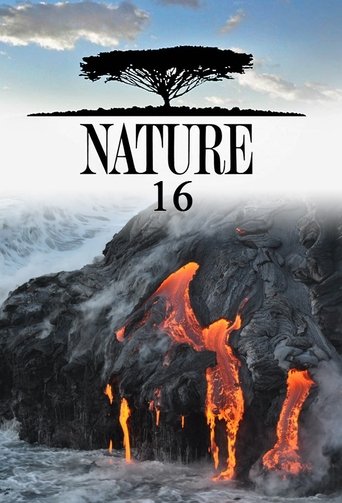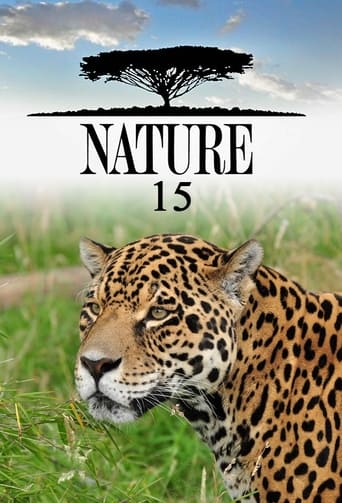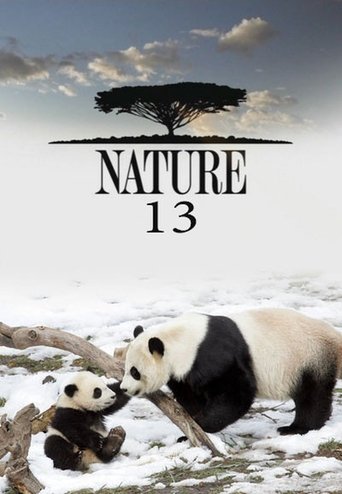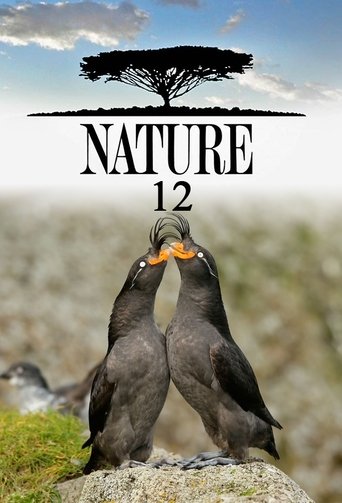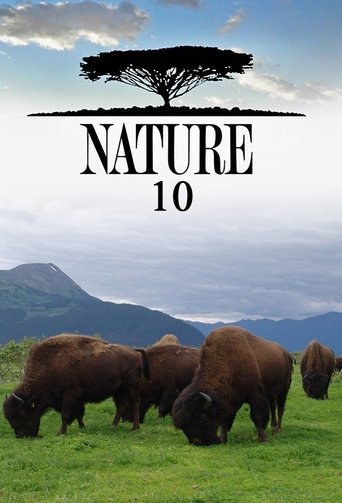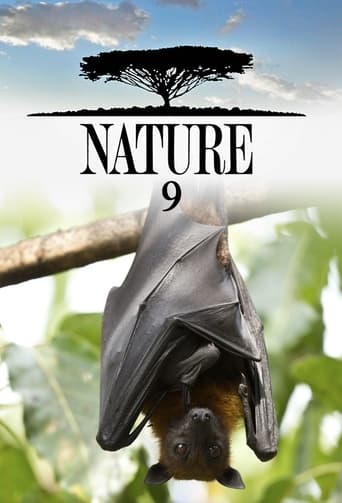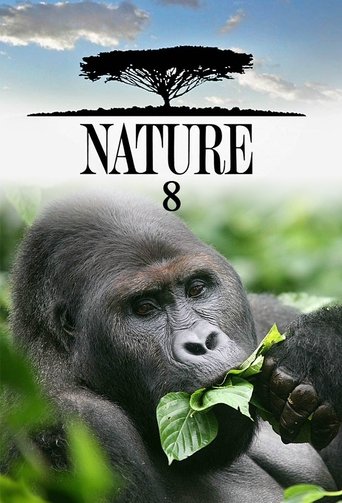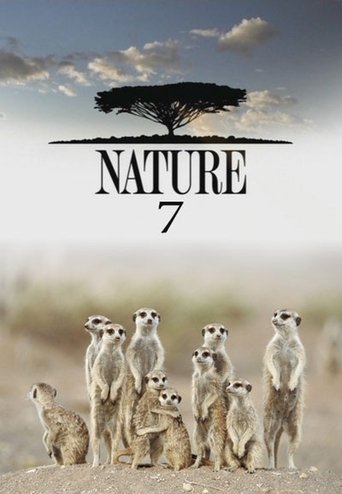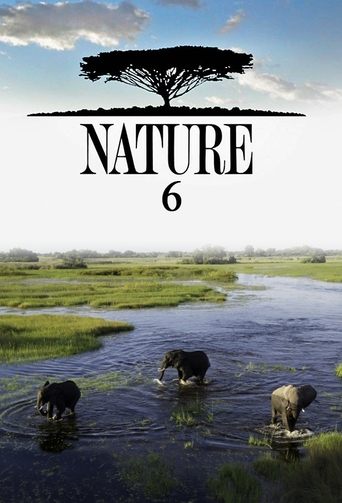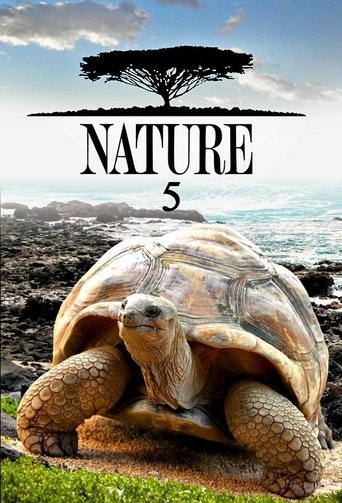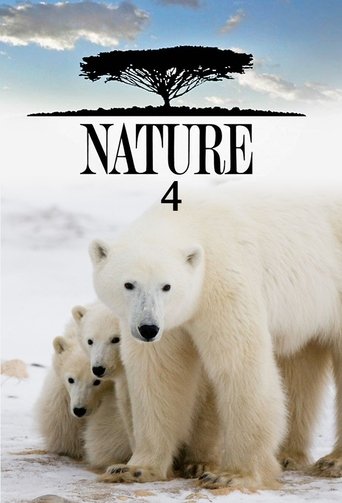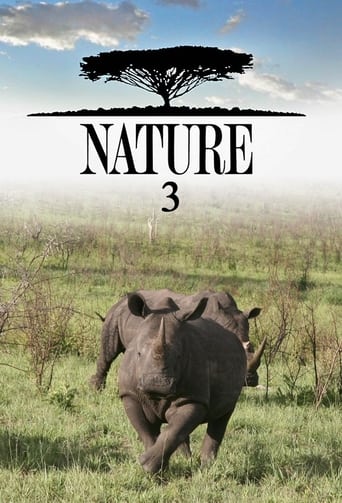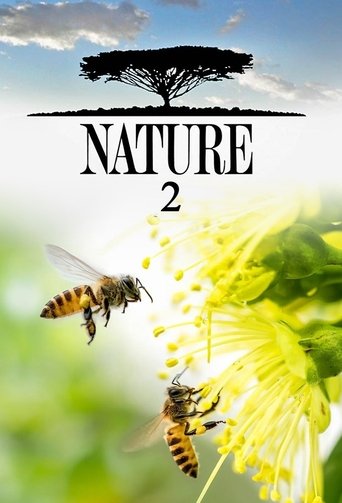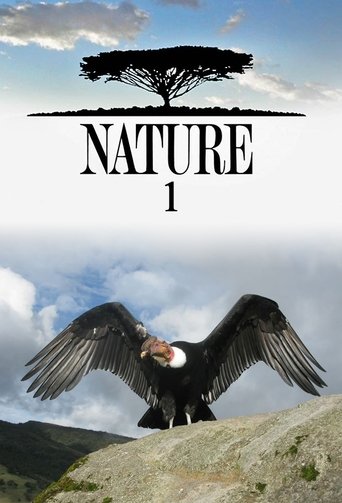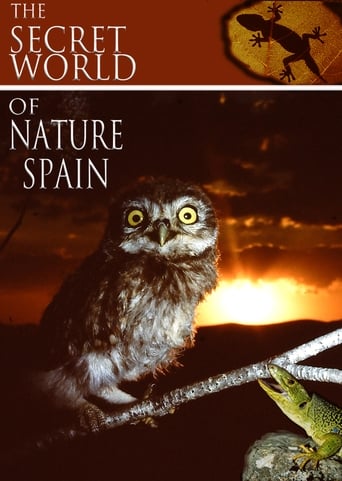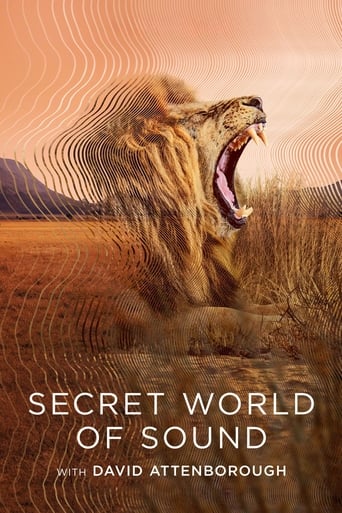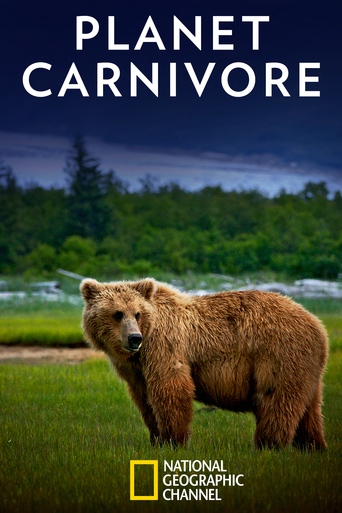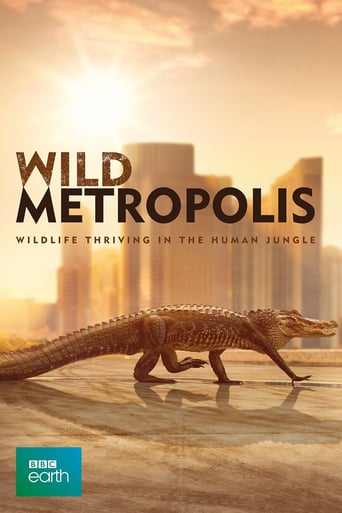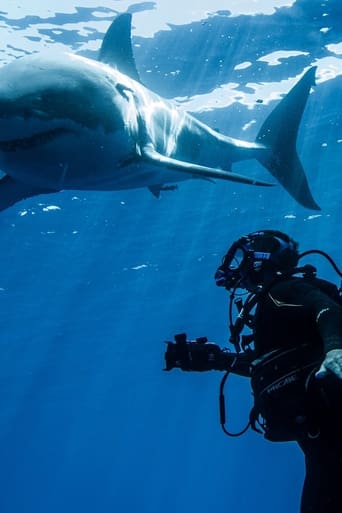Nature Season 16
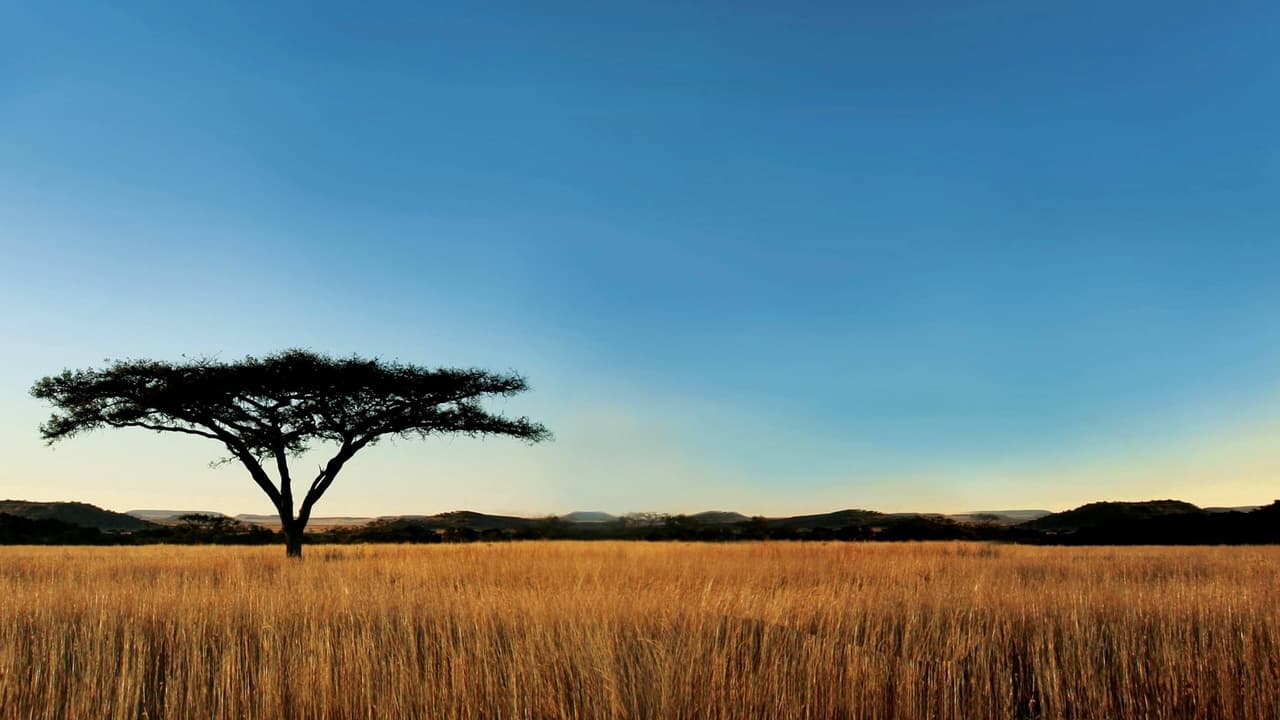
Consistently stunning documentaries transport viewers to far-flung locations ranging from the torrid African plains to the chilly splendours of icy Antarctica. The show's primary focus is on animals and ecosystems around the world. A comic book based on the show, meant to be used an as educational tool for kids, was briefly distributed to museums and schools at no cost in the mid-2000s.
Watch NowWith 30 Day Free Trial!
Nature
1982 / TV-G

Consistently stunning documentaries transport viewers to far-flung locations ranging from the torrid African plains to the chilly splendours of icy Antarctica. The show's primary focus is on animals and ecosystems around the world. A comic book based on the show, meant to be used an as educational tool for kids, was briefly distributed to museums and schools at no cost in the mid-2000s.
Watch Trailer
With 30 Day Free Trial!
Nature Season 16 Full Episode Guide
Exploring a man-made jungle teeming with life---wildlife, that is---amid a forest of skyscrapers in New York City. Included: red-tailed hawks; nesting parrots at Brooklyn College; and subway rats, raccoons and cockroaches.
Extraordinary footage of eagles illustrates species of fish eagles and forest eagles, including Southeast Asian white-bellied eagles, seen in daredevil aerial combat and diving for deadly sea snakes; the golden eagle, a “flying masterpiece”; the classic bald eagle.
"Forces of the Wild" concludes with a look at the work of photographers who shot stunning images of Hawaii's Kilauea eruptions, and of geese migration. Also: interviews with pilots and scientists of the Harbor Branch Oceanographic Institution.
Part 4 of "Forces of the Wild" offers a grim warning against mankind's efforts to change elemental forces that shape the planet and transform nature to suit the modern world. Included: the effects of pollution and the weather pattern known as El Niño.
"Forces of the Wild" Part 3 documents the influence of the sun and the moon on life. Included: the prehistoric Stonehenge megaliths; gravity's effects on the moon and the earth; myths surrounding the seasons.
Part 2 of "Forces of the Wild" examines wind and water, two forces that shape the Earth and are each "a recipe for paradise---and for disaster." Footage includes tropical rain forests and deserts, including Death Valley (Cal.).
Part 1 of "Forces of the Wild," a five-part miniseries, explores the birth of the planet Earth, from the formation of the atmosphere and water to the miracle of life. Also: volcanoes and lava forms in Hawaii, and undersea volcanic zones near Iceland.
"The Secret Garden" probes the "suburban jungle" of bugs, slugs, birds, snakes and wildlife that inhabit backyard gardens. Included: mating snails that "touch each other with shameless abandon"; a beetle with a taste for tadpoles; weeds that vie for space and light.
Exploring aquatic life along the Pacific coast of British Columbia, where colorful undersea creatures live in the pounding surf. Included: a palm tree-shaped sea anemone seen doing a sensual “dance.”
Filmmakers explore a region of the Brazilian rain forest to find three species of marmoset, the smallest monkey in the world. There, they find a fourth species previously known only to the Satare Maues Indians, who believe marmosets are reincarnations of their own children.
Exploring otters as they frolic at Yellowstone Lake, a powerhouse of geothermal activity, where the warmth beneath the rocks sustains life, even in winter. Also seen: bald eagles performing an airborne bonding ritual.
Examining efforts to save orangutans from extinction at a rehabilitation center in Borneo, where the apes are later released into the wild. Also: footage of an orangutan birth; a study in which apes learn communication with humans.
Studying elephants' ability to adapt to varied environments. Included: researchers probe the myth of the pygmy elephant of the rain forest, and follow forest elephants that live in small family units in central Africa.
The birth of a baby gorilla, the flight to freedom of a California condor, and a panda's attempt at seduction are among the stories from the San Diego Zoo. Included: a black rhino's birth; the construction of a polar-bear habitat; preparing zoo meals.
An unforgettable view. To see the Grand Canyon for the first time is an experience few people will forget. The canyon vista — with its incomprehensible size, deep color, and rich display of rock layers — is unmatched by any natural display on Earth. But while the rock formations may seem arid and lifeless, the Grand Canyon is home to an astounding variety of creatures. In its mile-deep plunge, the Grand Canyon’s terrain ranges from conifer forest to desert, with river niches in between.
TOOTHWALKERS presents extremely rare under-the-ice footage that reveals a complex and potentially dangerous side to this huge and often mysterious mammal.
Free Trial Channels
Seasons


